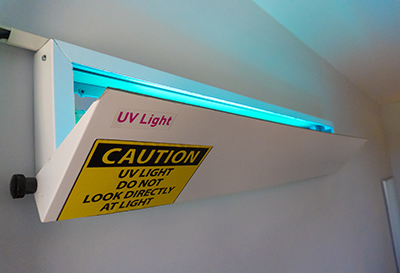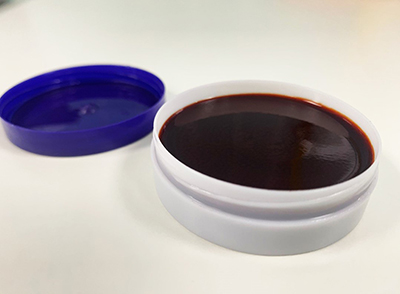FOR IMMEDIATE RELEASE
Microscopic pieces of plastic, known as microplastics, are found from the tallest mountain ranges to some of the deepest crevasses in the ocean. But scientists are still trying to understand the fate of these human-made pollutants once they’re released into the environment, especially aquatic ecosystems. Below are some recent papers published in ACS journals that report insights into tracking microplastics in ocean and freshwater environments. Reporters can request free access to these papers by emailing newsroom@acs.org.
“Tracking How Biodegraded Microplastics Enter the Ecosystem with CuInS2@ZnS QDs”
The Journal of Physical Chemistry C
Nov. 23, 2022
To reveal what happens to microplastics in the environment, this research team incorporated fluorescent quantum dot tags into biodegradable poly(lactic acid). In experiments using fluorescence microscopy, the team observed that as bacteria broke down the material, the microorganisms incorporated microscopic particles of it into their cells. Additionally, images of zebrafish fed microspheres of the tagged plastic showed that the animals accumulated the pieces in their stomachs. The researchers suggest that this labeling technique could help track of plastics in aquatic environments to find out how they get broken down and ingested.
“Hitchhiking into the Deep: How Microplastic Particles are Exported through the Biological Carbon Pump in the North Atlantic Ocean”
Environmental Science & Technology
Oct. 27, 2022
More plastic waste enters the ocean than is found floating on its surface. But where is the “missing plastic” hiding? Here, researchers looked for it deeper in the water. They sampled the North Atlantic Ocean’s plastic pollution zone and found microplastic pieces as far as 1,968 feet below the sea’s surface. The particles’ abundance was associated with sticky gels exuded by microorganisms, which the researchers hypothesize would drive movement into the deep ocean.
“Effects of Weathering on Microplastic Dispersibility and Pollutant Uptake Capacity”
ACS Environmental Au
Aug. 31, 2022
Here, these researchers concluded that sunlight could change microplastics’ properties. After exposure to artificial sunlight, 60 µm-wide polyethylene spheres no longer floated at water’s surface, and instead sank below the surface. In addition, the spheres adsorbed positively charged pollutants, such as malachite green and lead ions, which they didn’t stick to before the exposure. The team says that these findings provide evidence for why microplastics are found on the seafloor, and that their settling could shuttle pollutants from the surface to the deep ocean, magnifying the particles’ potential negative effects.
###
The American Chemical Society (ACS) is a nonprofit organization chartered by the U.S. Congress. ACS’ mission is to advance the broader chemistry enterprise and its practitioners for the benefit of Earth and all its people. The Society is a global leader in promoting excellence in science education and providing access to chemistry-related information and research through its multiple research solutions, peer-reviewed journals, scientific conferences, eBooks and weekly news periodical Chemical & Engineering News. ACS journals are among the most cited, most trusted and most read within the scientific literature; however, ACS itself does not conduct chemical research. As a leader in scientific information solutions, its CAS division partners with global innovators to accelerate breakthroughs by curating, connecting and analyzing the world’s scientific knowledge. ACS’ main offices are in Washington, D.C., and Columbus, Ohio.
To automatically receive press releases from the American Chemical Society, contact newsroom@acs.org.
Note: ACS does not conduct research, but publishes and publicizes peer-reviewed scientific studies.







